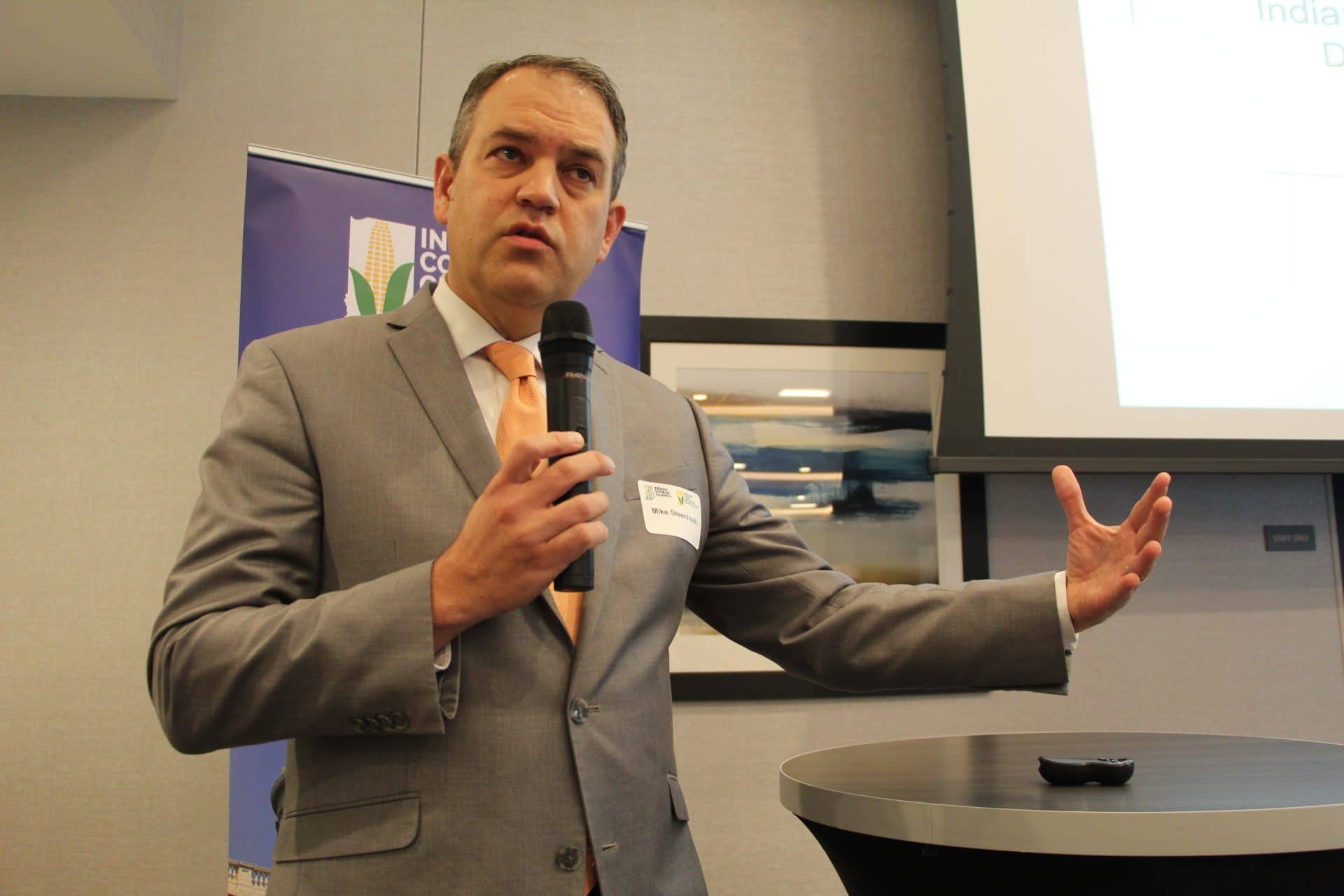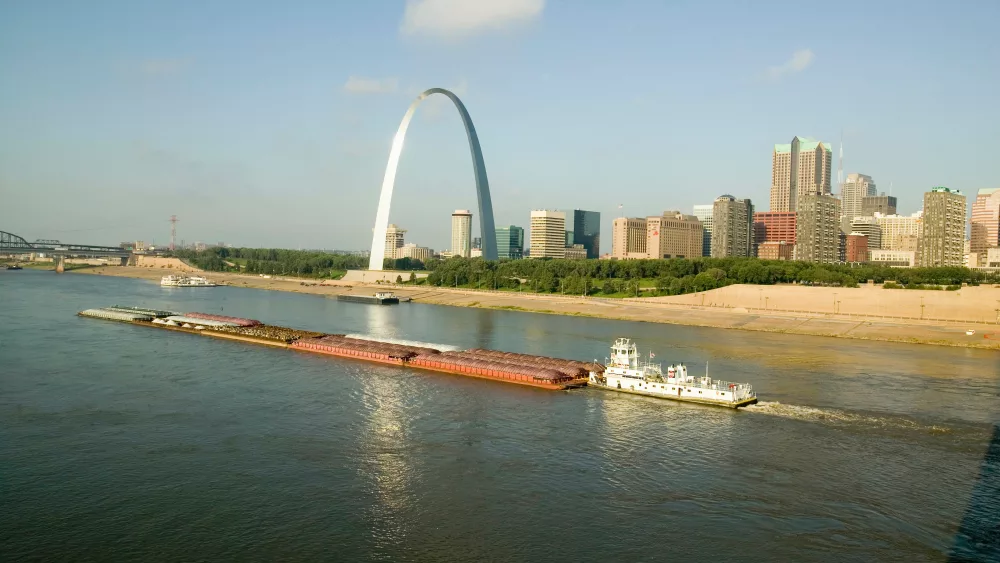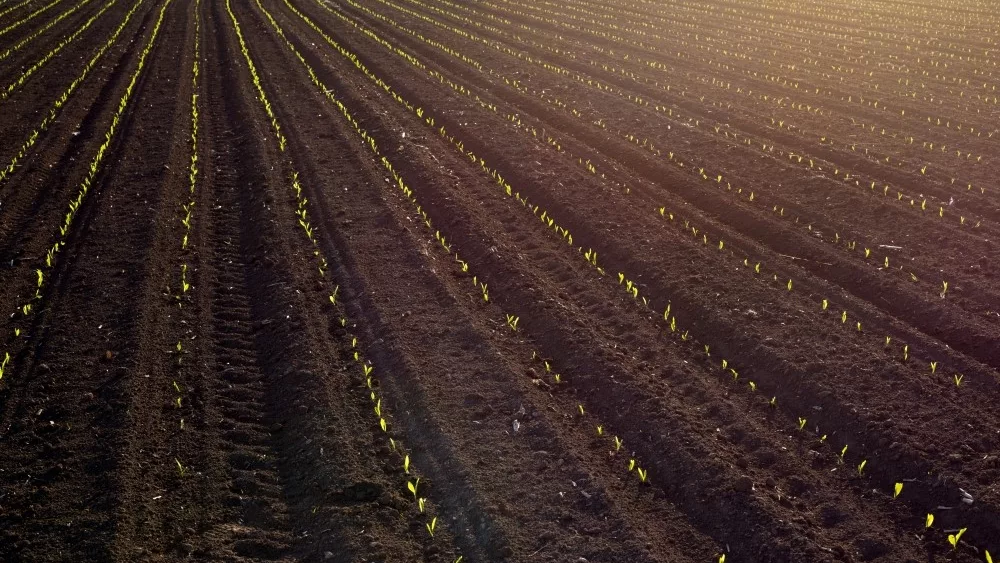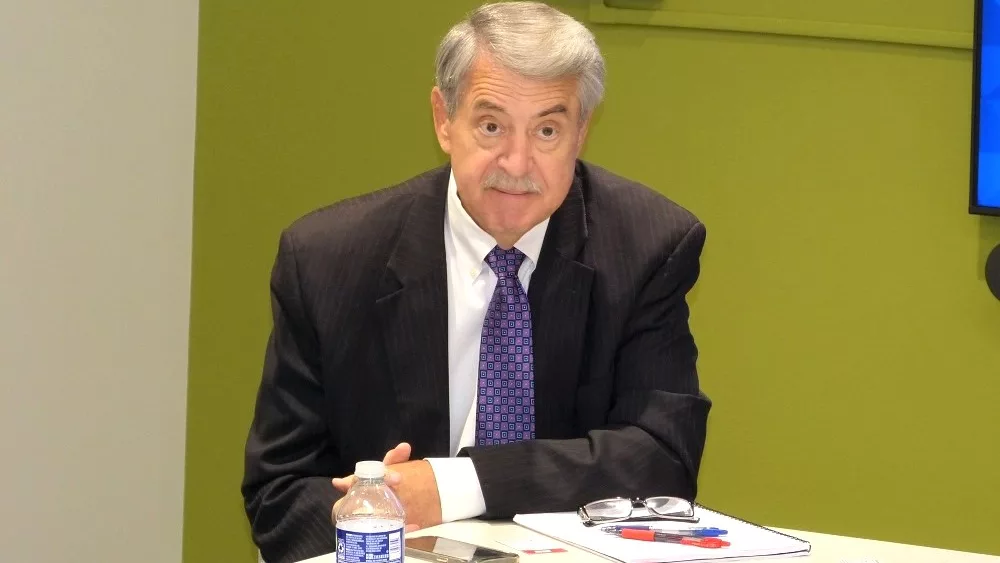We’ve heard this story before, but it might be a worse story this year. Freight rates are heading higher as we head into harvest and export season due to very low water levels on the inland waterway system.
“We’re watching a sequel to the historically low water levels in 2022, and this is something that we don’t want to be witnessing and experiencing,” says Mike Steenhoek, executive director of the Soy Transportation Coalition. “When you look at water levels today throughout the river and compare them from where we were last year at this time, we’re actually a tad bit lower in most locations.”
Steenhoek adds that the lower levels are already impacting barge transportation.

“You’re seeing barge companies limit the amount of freight – soybeans, and grain, in our case – out of the concern that if they load to a full capacity, you run the risk of scraping the bottom and maybe even getting grounded. That’s something that we did witness last year, and so it’s a concern. You have a supply-demand phenomenon occurring because you’re going to have a given amount of freight having to be accommodated by a now-diminished supply of barge transportation. You can’t load as much per barge, and we can’t put as many barges together to form one unit because the shipping channel’s more narrow. So, you’ve got an imbalance between demand and supply, and so the inevitable result of that is the upward pressure on barge rates.”
Steenhoek says the good news is that there are alternatives for shipping grain. The bad news- they’re more expensive.
“There are options B, C, and D, and for some farmers, that means just simple storage until you’ve got a more opportune condition on the river. It may be driving it to a more livestock-intensive area or a rail loading facility. There are options B, C and D, but you need to keep in mind that there’s a reason why they’re options B, C, and D versus option A because that’s not the optimal route. So, there will usually be an added cost associated with that.”
Steenhoek’s concern is that we’re going into this critical time of the year in a position of weakness. With already dehydrated soil coming into the year, additional rainfall will stay there instead of going into the streams and rivers to alleviate the problem.
Source: NAFB News Service






